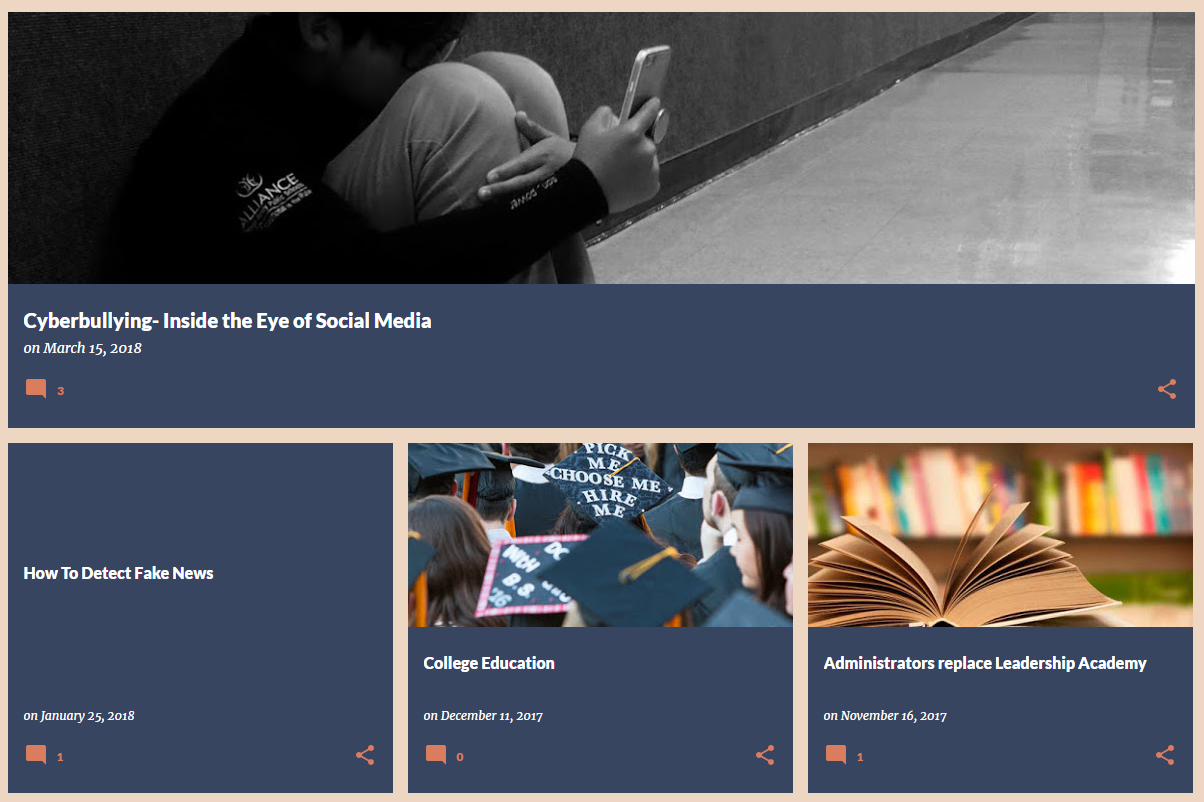“Mom, no one blogs anymore.” That’s what my 8th grade daughter said when I told her I was working on a blogging unit for my middle school Journalism and Digital Media classes. Teaching middle school while parenting a middle-schooler creates conditions for feedback to my practice in the most profound of ways.
For Gen-Xers like myself, blogs were part of our formative experience with the Web. And as a former journalist, blogs represented for me a seminal way free speech had been democratized by our connected world. I knew I wanted my students to use a digital platform to voice their opinions and—especially for students on the wrong side of the digital divide—I wanted my students to gain fluency with basic web publishing skills. Of course blogs are a natural addition to any media classroom.
But, after speaking with my daughter, I did see her point. Blogs—the original “Web Logs” of old—do seem awfully archaic and “Web 1.0” to Generation Z. Young people ARE constantly expressing themselves online via newer platforms, of course. Even established bloggers are abandoning their WordPress accounts in favor of YouTube or Instagram Stories. While adults like myself might have a list of favorite blogs, my daughter is partially right. Kids don’t blog. But should they? And what role do blogs play in the classroom?
When I first had my students create blogs several years ago, they enjoyed the process of setting up their pages. They customized the themes, played with gadgets and imported photos. But blogging is, in its essence, really just writing but with more bells and whistles. Stuff needs to go INTO a blog, and therein lies the challenge. What should go into a blog? What is the purpose of setting up a blog over writing in, say, a Google Doc which can actually be shared more easily with classmates?
I will tell you, the first year I blogged with my students, I had grand visions of students updating their blogs regularly, linking to other blogs and generously commenting on others’ work. But the truth is, after writing a few posts, the blogs ended up going to seed. I had trouble incorporating regular blogging into the routine. I also didn’t know what to assess. What makes a blog post good? I had more questions than answers, and resources on the Internet were no help. In truth, my students would not have the time in class to dedicate to a serialized posting regimen. Good blogs unfold like an epistolary novel over time, and it’s not something students can accomplish in one unit before moving on to another media project.

